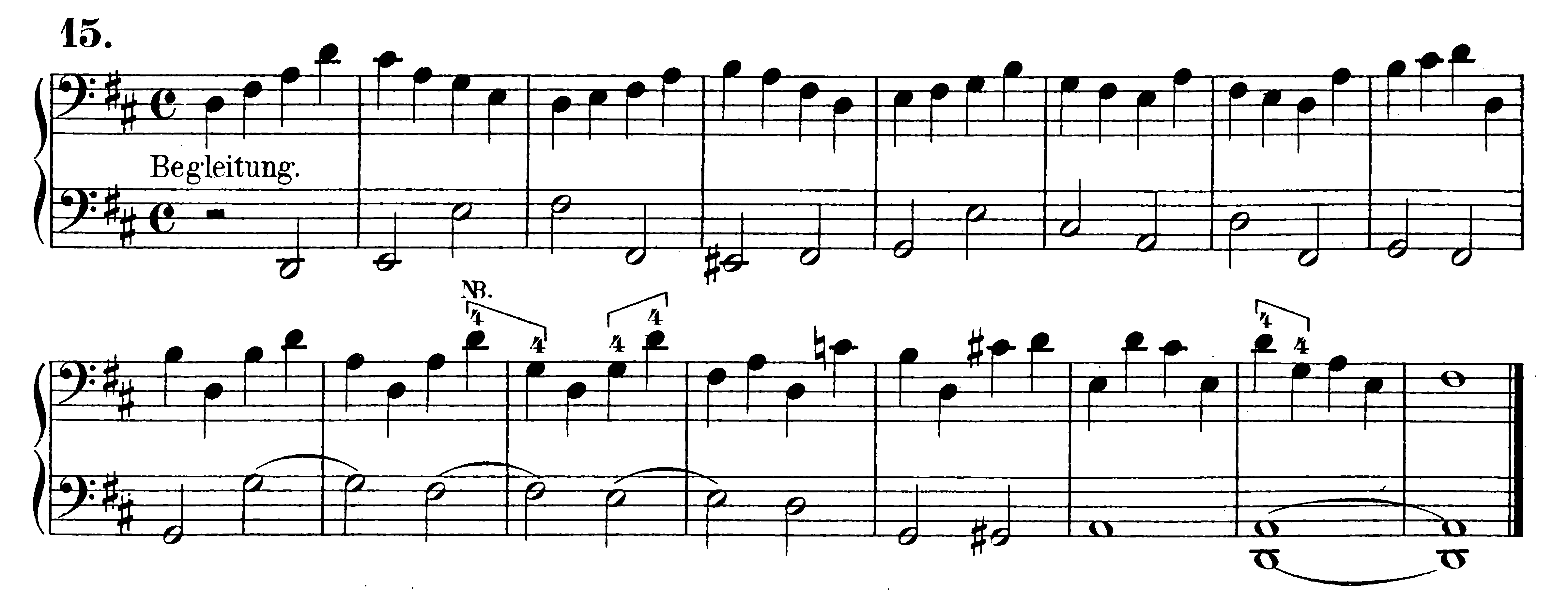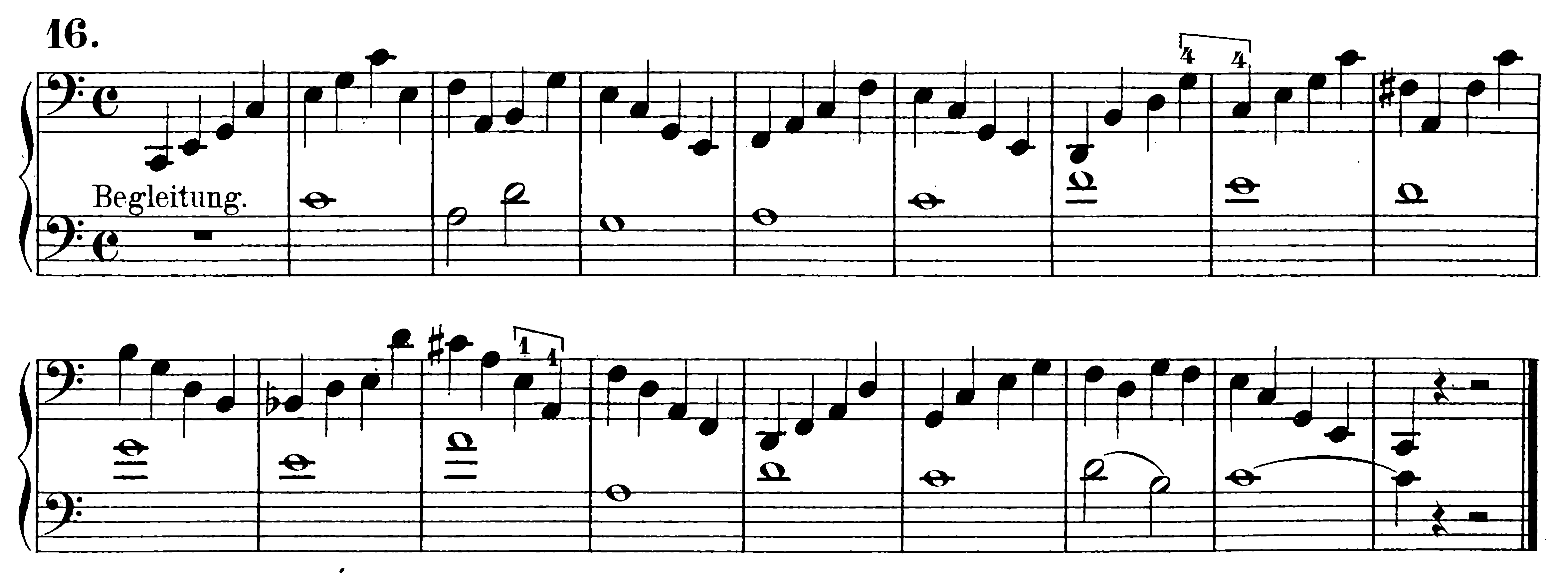Transition of the Bow from One String to Another
The Wrist
Crossing from one string to another is done, as mentioned earlier, by turning the hand slightly: movement to the right brings the bow from a higher to a lower string; conversely, a turn to the left serves to transition from a lower to a higher string. The distances between the strings are so relatively small that given the right bow pressure, just a small turn of the hand is enough to bring the bow from one string to the other. While this is of great importance to an experienced player, it presents many difficulties for a beginner, who does not have control of the bow and can easily and inadvertently bump into other strings. For example, the beginner will find it difficult to play on the D- and G-strings, since they both have other strings to the right and left. This does not give the bow movement much leeway. On the A- and C-strings, the bow at least has more freedom to one side, meaning that it is much easier to play on these strings.
When studying the following exercises and examples, the player should try to make turning the hand as easy and casual as possible and avoid any stiffness of the wrist.
Note: The execution of similar figures, especially at a fast pace, is a special case about which I would like to add a few words here, since to my knowledge it has not yet been adequately explained.
Every player knows that figures like this a are easy to play if they begin on an up-bow, but uncomfortable on a down-bow.

Figures like b are easy to begin on a down-bow and uncomfortable on an up-bow.

The reason for both lies in what we have already observed about bending and turning the hand. For a short bowstroke, the bow is guided almost exclusively by the wrist: the down-bow by a turn of the hand to the right, the up-bow through a left turn. At the same time, a string crossing occurs by turning the hand: to the right for crossing from a higher to a lower string, and to the left for crossing from a lower to a higher string. If both movements happen in one direction, then the hand can easily execute them; conversely, if the hand has to bend in opposing directions, it is of course uncomfortable. The hand has to perform these opposing movements in figure a if it starts on a down-bow and in figure b if it starts on an up-bow. With a, the hand bends to the right on the down-bow, but at the same time it has to open for the crossing to the higher string, and vice versa at b.
Exercises on 2 Strings




Exercises on 3 Strings


Example for 2 Strings

NB. In cases when you have to play a melodic perfect fifth with one finger, it is a good idea to put the finger over both strings at once. Try to align it so that it is parallel to the bridge and the nut.
Example for 3 Strings

Preparation for Scales


